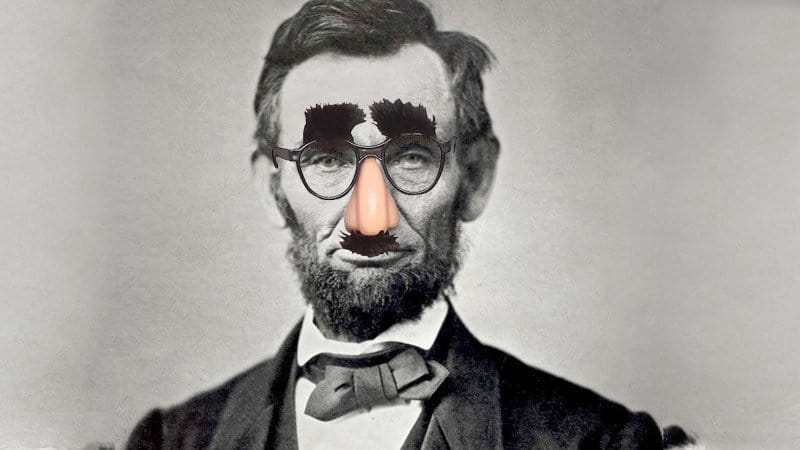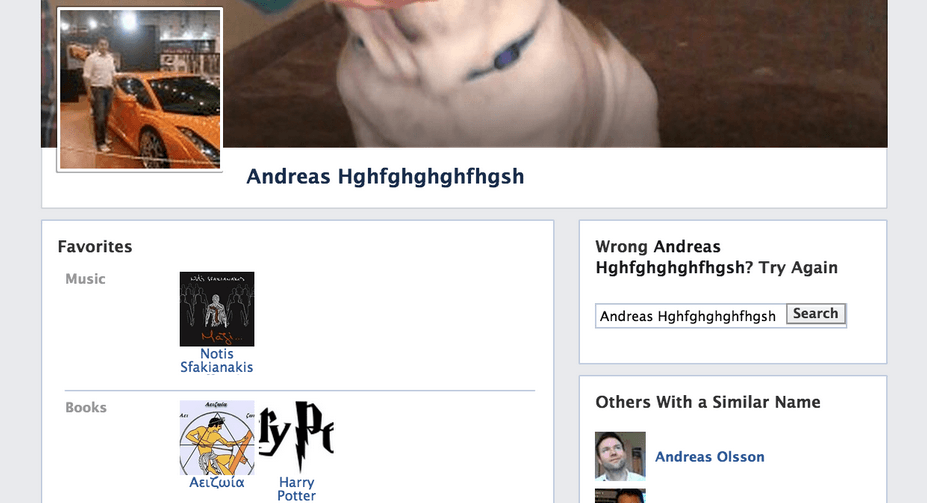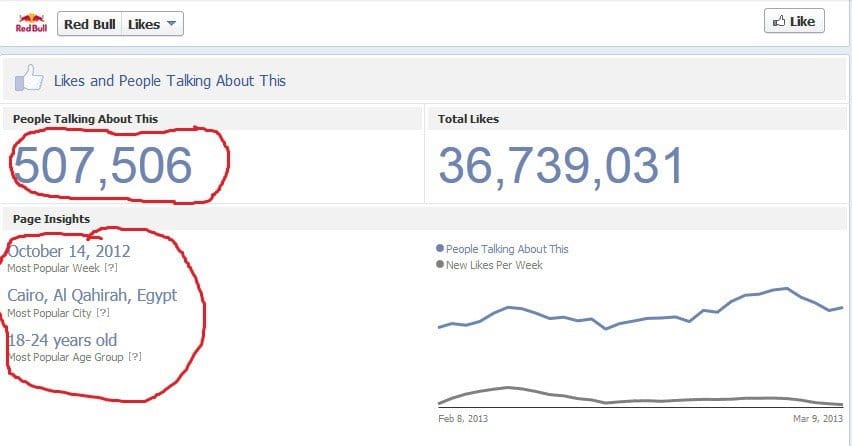 Written by ContentPowered.com
Written by ContentPowered.com
Fake Facebook fans are an endemic problem with the platform, and there’s not a lot any of us can do about it. We can monitor the new users who follow our page, and we can remove them if they look like fake fans, but other than that, it’s all down to Facebook’s enforcement. Facebook even makes it exceptionally hard to go through your entire fan list, making it completely impossible for larger brands. On top of that, there’s no app or API call you can make to scan your fans and remove the fake followers.
How can you identify fake followers? Unfortunately, all you can do is check through the lists Facebook makes available. You’ll be able to refresh the list for a while, up until you see a few hundred of your fans, but that’s it. Even brands with millions of fans are limited, so it’s generally impossible to go through all your followers. Still, whenever you get an influx of followers, it’s worth giving them a look to make sure they’re legitimate. Here are warning signs that a follower might be fake.
Picture Problems
These are the problems you can spot relating to pictures, the most graphical indications of a fake follower.
There’s No Picture. The most low-effort fake users don’t use their accounts at all for anything beyond liking posts and pages. They won’t have any pictures uploaded, so they’ll just have the generic “new user” silhouette in their profile picture spot.
The Picture is Generic and Shared Elsewhere. In this case, you have suspicions that the user is fake, but they have a picture. Save that picture and run it through Tineye or Google’s Search by Image. If there are a wide range of matches, with the picture posted elsewhere, you may have a fake fan on hand.
The Picture is Not Human. Fake followers might be hip to these methods of detection and may use unique pictures. However, they can’t use real pictures of themselves, because they likely have dozens of accounts to manage. Therefore, they use pictures of animals, cartoons, quotes or otherwise non-human images. In and of itself, this isn’t too bad, but if it’s coupled with other warning signs, the follower may be fake.
They Have No Cover Photo. Cover photos are an important part of individuality on Facebook, and while some people don’t use them, fake followers often forget that they exist. This is also a problem with old fake accounts that existed before cover photos were introduced, and never added one.
The Picture is a Female Model. Studies have shown that fake followers are female 97% of the time. This is very likely because they want to accumulate friends, and strangers are more likely to friend a cute female than some dude they don’t know.
Their Pictures have Tons of Tags. Another aspect of that fake follower study shows that fake fans tend to tag a ton of people in their pictures, as many as 35 tags per picture, which is blatantly excessive.
Account Problems
These are the problems you can spot by looking at a user’s account and its activity. You can often spot the signs of a fake fan this way, though be aware of the difference between a fake fan and a fan with their privacy settings locked down.
The Account has No Activity. Fake followers don’t do anything other than add people as friends and follow business pages. There’s no reason to do anything else when they’re just setting up the account to sell.
The Account has Tons of Likes. This is by far the most damning piece of evidence. If an account has thousands of liked pages, they’re very likely fake. No normal person likes that many pages. Heck, I’d have a hard time thinking of that many brands, let alone that many I like.
The Account is Exceptionally New. Very, very few people are going to create an account just to like your page. Those that do are doing it just because of a contest you’re running, so if you’re not running a contest, give that account a second look.
The Account has No Information Posted. Blank accounts are bad accounts. In general, even if a real person is behind it, it’s not doing you any good because it’s not active and it looks fake.
User Information Problems
These are the problems that relate to the user, their set information, their location and other telltale signs. This can help you spot real users who just aren’t valuable to you, as well as fake followers.
The User Location is a Clickfarm Country. Clickfarm countries include Bangladesh, India, Iran, Iraq, Indonesia and other such areas. Developing nations and third world countries, mostly.
The User Location is Odd. Some clickfarms operate within the United States as well. If a business only serves people in Arizona, a bunch of followers coming from Maine aren’t very useful.
The User Doesn’t Engage with Brand Posts. This one is bad whether or not the user is fake. Fake fans don’t bother to engage with your posts, or the posts of anyone else they like or are friends with, so they aren’t valuable to your business.
The User Fits a Fake Profile Demographic. Female, young, beautiful, likes thousands of pages, has thousands of friends, never posts, lives outside of the country; all the warning signs together make a fake fan.
The User Doesn’t Fit Audience Demographics. As a business, you should know the demographics of your typical users. Fake fans won’t fall into those demographics, so at least you can exclude them from custom audiences.
The User Posts Advertising Messages. Sometimes fake fans are sold to advertisers or accept money to broadcast advertising messages.
Brand Problems
These are the problems you see at a macro scale, which can help identify if a brand is buying fake followers or accumulating them en masse, rather than the occasional fake here and there.
Their Twitter is Full of Fake Fans Too. Unlike Facebook, you can use tools on Twitter to scan your profile for fake followers. A brand buying fans on one platform is probably buying them on both.
They Suffer in Fake Fan Purges. Periodically, Facebook will go through and purge fake accounts. If a business sees significant follower loss after one of those purges, they probably still have fake followers lingering.
Their Fan Growth is Exceptional for No Reason. An explosion of fans after a contest is normal. A surge for no reason, tied to no marketing, is a sign of purchased fans.
The Fan Numbers are Exceptionally High. A small business in a small town with tens of thousands of followers looks a little sketchy. Always use a bit of common sense in these instances.







Should I even worry about fake fans, or just leave them be? I’ve found at least several dozen but I’m not sure if it’s more trouble than it’s worth.
Facebook gave me a warning that they’ve found fake fans. Do I need to remove them myself?